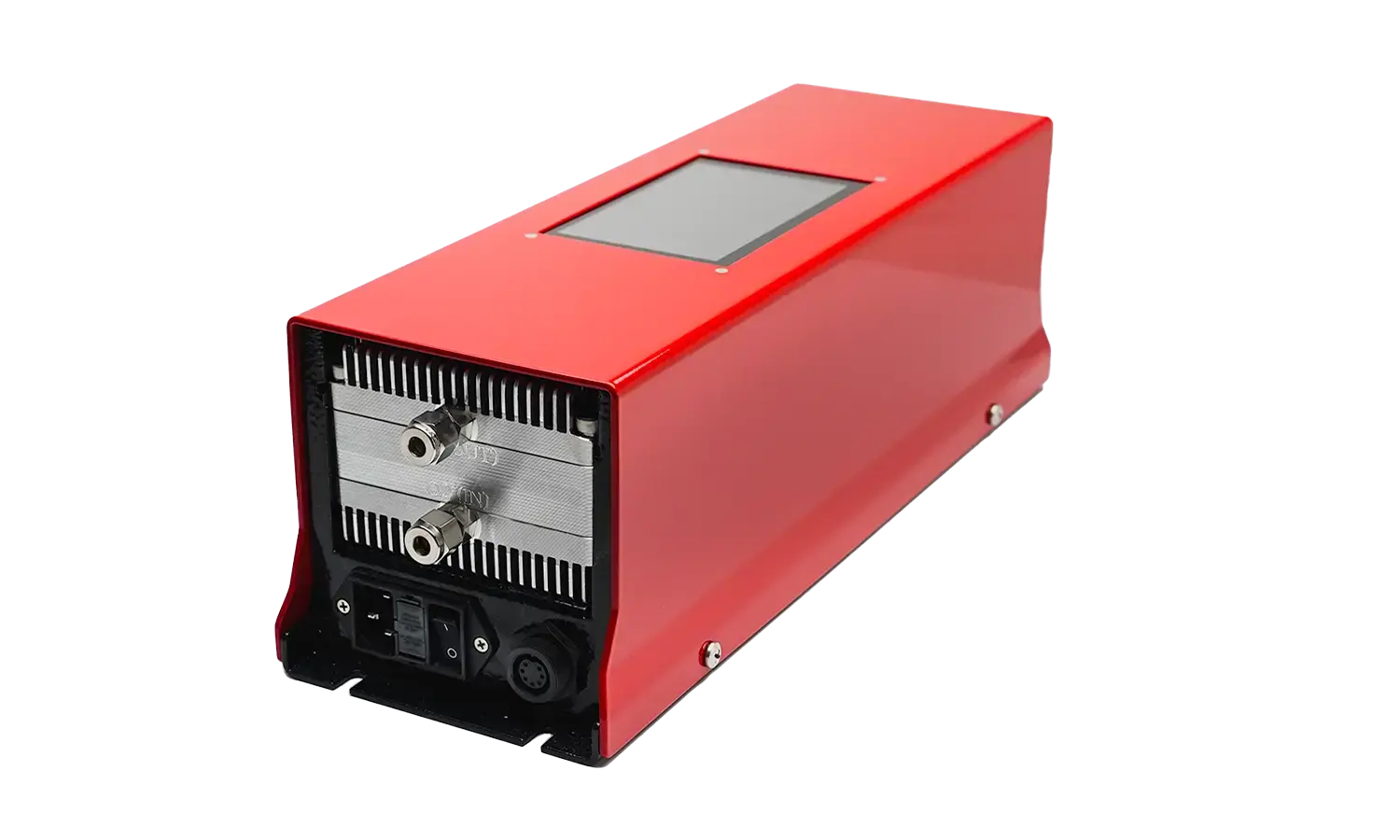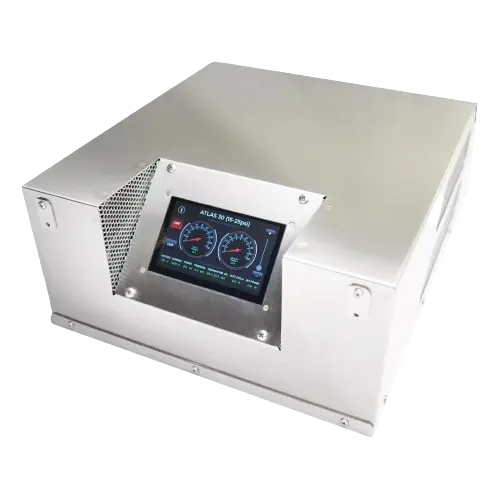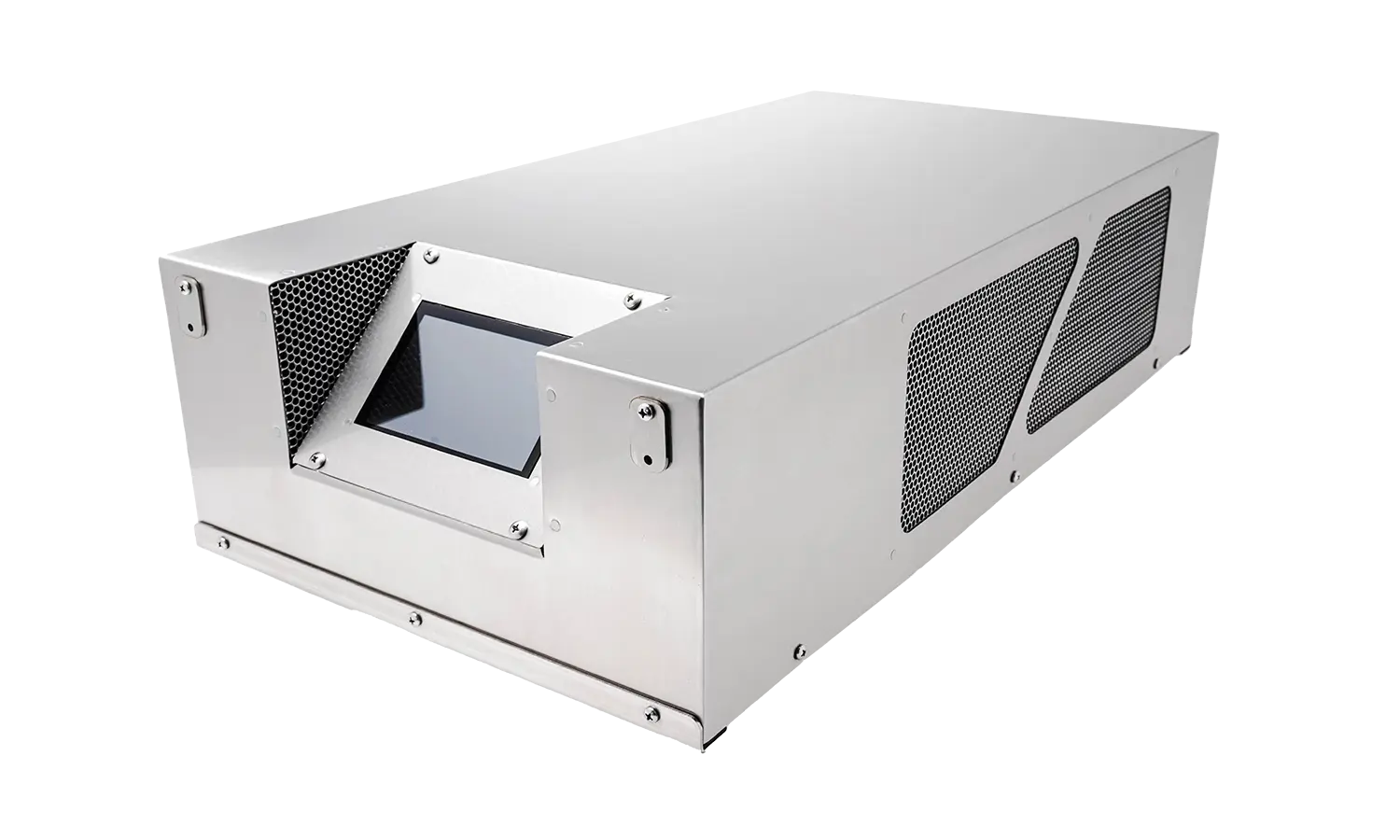Ozone Library
Iron and Manganese removal using Ozone
Iron and manganese removal is one of the more common uses for ozone in drinking water and bottled water. Iron and manganese are easily oxidized by ozone. This document will serve to help understand the fundamentals of iron and manganese oxidation with ozone. We will also cover the practical application of ozone in this application while offering helpful tips learned over the years.
Ozone oxidation of iron and manganese is an extremely fast reaction. In many ozone applications, elevated levels of iron and manganese can cause nuisance issues due to soluble iron and manganese inadvertently oxidizing by ozone and dropping out of solution in less-than-ideal locations. If those concerns are what brought you here, keep reading, we will offer helpful tips to mitigate these issues as best as possible.
Introduction to Ozone Water Treatment
Ozone water treatment is a cutting-edge method of water treatment that leverages the powerful oxidizing properties of ozone gas to reduce contaminants and enhance water quality. Ozone, a naturally occurring gas in the earth’s atmosphere, is composed of three oxygen atoms (O3). This triatomic molecule is a potent oxidizer, capable of effectively eliminating bacteria, viruses, and other microorganisms from water. Ozone water treatment systems are widely adopted across various sectors, including commercial, industrial, and municipal water treatment applications, as well as in residential settings. By utilizing ozone gas, these systems offer a robust solution for ensuring clean and safe water.
Chemistry
Iron and manganese in water cause no health-related issues, the main purpose for iron and manganese removal is aesthetics due to the discoloration of water. Removal also may be necessary due to the buildup of iron and manganese on pipes, fixtures, and other surfaces.
Both Iron Fe(II) and Manganese Mn(II) are soluble (non-removable) in water causing them to flow directly through conventional filtration without some form of oxidation to transform them into particulates (removable).
Iron Removal
Soluble Iron Fe(II) is called ferrous iron. Ferrous Iron Fe(II) is oxidized to Ferric Iron Fe(III) by ozone. This Ferric Iron Fe(III) will then hydrolyze to form Fe(OH)3 which is particulate and can be removed by standard filtration. The reaction of Ferrous Iron Fe(II) to Ferric Iron Fe(II) consumes 0.43 mg of ozone per mg of Fe(II). Iron can also be oxidized by oxygen. Due to the oxidation of iron by oxygen, an Ozone System for iron removal may be more efficient than the calculated ozone demand of 0.43 mg ozone per mg iron. The oxidation of ferrous iron requires only an electron exchange and therefore is a fast reaction. The speed of this reaction will typically consume almost all ozone in an iron oxidation reaction prior to any manganese oxidation.
Manganese Removal
Soluble Manganese Mn(II) is oxidized by ozone to form manganese dioxide MnO2 which is particulate and can be easily removed by standard filtration. This process consumes 0.88 mg of ozone per mg of Manganese Mn(II). However, over-oxidation of manganese will form soluble permanganate MnO4-. While permanganate will normally return to manganese dioxide MnO2 over time (20-30 minutes) it is best to design a manganese removal system with the proper ozone dosages and integrate controls to prevent over oxidation.
Filtration
Ozone will oxidize iron and manganese to form insoluble particulates that can easily be filtered from the water. Iron and manganese will build upon the filter over time and must be removed from the process water. A back-washable filter is highly recommended for these applications. Sand filters are widely used for iron and manganese removal due to the simple design and the long-lasting filter media. In continuous use systems, it will be necessary to use two (2) filters in parallel and time the back-wash cycles to occur at opposite times.
The backwash water from these filters will have extremely high levels of iron and manganese and must be disposed of with care. While neither iron nor manganese have any health or safety risks, there are plumbing considerations to keep in mind as drainpipes may become obstructed with iron and manganese build-up over time.
Practical Application
The use of ozone for iron and manganese removal is very common and has been in use for many years. The reaction of ozone and these metals is fairly simple and straightforward. There are a few design considerations that should be accounted for prior to installing an Ozone System for iron and manganese removal.
System Sizing
A typical Ozone Injection System
Sizing an Ozone System for iron and manganese removal can be fairly straightforward. Basic ozone demand must be calculated to determine how much ozone is necessary to oxidize both iron and manganese. Keep in mind that all other elements in the water may react with ozone and consume some ozone. Other potential reactions must be accounted for and entered into the calculations. For simplicity, we will assume only iron and manganese are in our sample water.
The stoichiometric ozone demand rates are 0.43 mg for each ppm of iron and 0.88 mg for each ppm of manganese.
Ozone dosage in water is calculated using the following formula:
If for example, incoming water of 10 gallons per minute (GPM) has 3 ppm of iron and 0.5 ppm manganese the following calculations would be used
3 ppm Iron x 0.43 = 1.29 ppm ozone consumption
0.5 ppm Manganese x 0.88 = 0.44 ppm ozone consumption
1.29 + 0.44 = 1.73 ppm total ozone consumption
(3.78 * 60 * 10 GPM * 1.73 ppm) / 1000 = 3.9 g/hr ozone demand
This calculation provides the necessary ozone in grams per hour (g/hr) to oxidize iron and manganese. Additional ozone production may be necessary to overcome system inefficiencies, water temperature, or other factors. (This is for demonstration purposes only.)
Summary
Ozone use for iron and manganese oxidation can be a great solution to what may have been a difficult problem to solve using other technologies. Ozone can be implemented very easily and reliably with no major maintenance or operation costs. However, ozone can also be difficult to manage if not installed properly. Iron can precipitate from solution in undesirable locations, and manganese can be over-oxidized and pass through filtration even after ozone treatment. This informational document serves to offer some helpful tips and useful information. If you think ozone may be a solution for your application give our office a call and speak with one of our Application Engineers to help design a solution that is right for you





